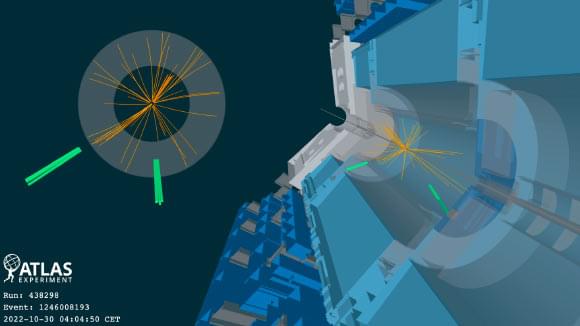Rice University physicists have shown that immutable topological states, which are highly sought for quantum computing, can be entangled with other manipulable quantum states in some materials.
“The surprising thing we found is that in a particular kind of crystal lattice, where electrons become stuck, the strongly coupled behavior of electrons in d atomic orbitals actually act like the f orbital systems of some heavy fermions,” said Qimiao Si, co-author of a study about the research in Science Advances.
The unexpected find provides a bridge between subfields of condensed matter physics that have focused on dissimilar emergent properties of quantum materials. In topological materials, for example, patterns of quantum entanglement produce “protected,” immutable states that could be used for quantum computing and spintronics. In strongly correlated materials, the entanglement of billions upon billions of electrons gives rise to behaviors like unconventional superconductivity and the continual magnetic fluctuations in quantum spin liquids.








